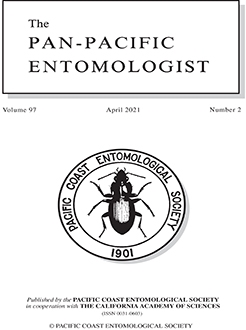BioOne.org will be down briefly for maintenance on 14 May 2025 between 18:00-22:00 Pacific Time US. We apologize for any inconvenience.
PAPERS (3)
SCIENTIFIC NOTES (3)
IN MEMORIAM (1)

